Dandelion
- Composite or aster (Asteraceae family):
- Taraxacum officinale G.H. Weber ex Wiggers
- EPPO code:
- TAROF
- Other names:
- Dent-de-lion, lion’s-tooth, cankerwort
Species information
- Lifecycle:
- Perennial.
- Propagation:
- Reproduces by seed.
- Emergence:
- Since mature seeds lack primary dormancy, they are able to germinate as soon as they leave the plant. Seed will germinate over a wide range of temperatures (5–35° C). Seed germination, however, is reduced when passed through the digestive tracts of cattle.
- Habitat:
- Dandelion can be found pretty much anywhere in Ontario in lawns, pastures, roadsides, wastes places, forages and cultivated fields, especially under reduced tillage.
- Competitiveness:
- Crop yield loss due to dandelion depends on the density of the weed. In University of Guelph trials, inadequate control of dandelion prior to planting soybean has resulted in average yield losses of 25%.
Identification clues
Seedling
- Cotyledons:
- Circular or oval.
- First leaves:
- Dandelion first appears as a basal rosette. Its primary leaves lack hair and are more oval than later emerging leaves, which are irregularly toothed with wavy margins.
- Mature leaves:
- When broken, the mature leaves of dandelion often exude a milky juice (latex). Leaves appear deeply and irregularly lobed/toothed.
Mature plant
- Stems:
- Dandelion has no leaf stems. Instead, a hollow stalk rises from the middle of the basal rosette. This is where the flower head will emerge.
- Flowers:
- Dandelion flowers are yellow, 3–5 cm in diameter and grow at the end of a single hollow stalk. The flower has two rows of bracts; the outer row is bent backwards, while the inner row is erect.
- Seeds:
- Each dandelion seed is enclosed in a yellow-brown fruit that is 3–5 mm long. Seeds are attached to a white feathery pappus (often referred to as “fluff”) via a relatively long stalk that is about 8–10 mm. Collectively, all the fruit form a round whitish seed head that is easily dispersed by wind.
- Roots:
- Dandelion has a fleshy taproot that can be branched.
Often mistaken for
I know it's not Chicory because although it’s almost impossible to tell the difference between dandelion and chicory at the seedling and rosette stage, as the plants begin the reproductive phase the differences become obvious. Chicory has numerous bright blue flowers and there are numerous flower heads per stem; in addition chicory is much less common in cultivated fields.
I know it's not Prickly lettuce because dandelion lacks the row of spines on the underside of its leaf midrib.
I know it's not Annual sow-thistle because the young seedling leaves of dandelion lack the powdery coating that usually exists on the seedling leaves of annual sow-thistle.
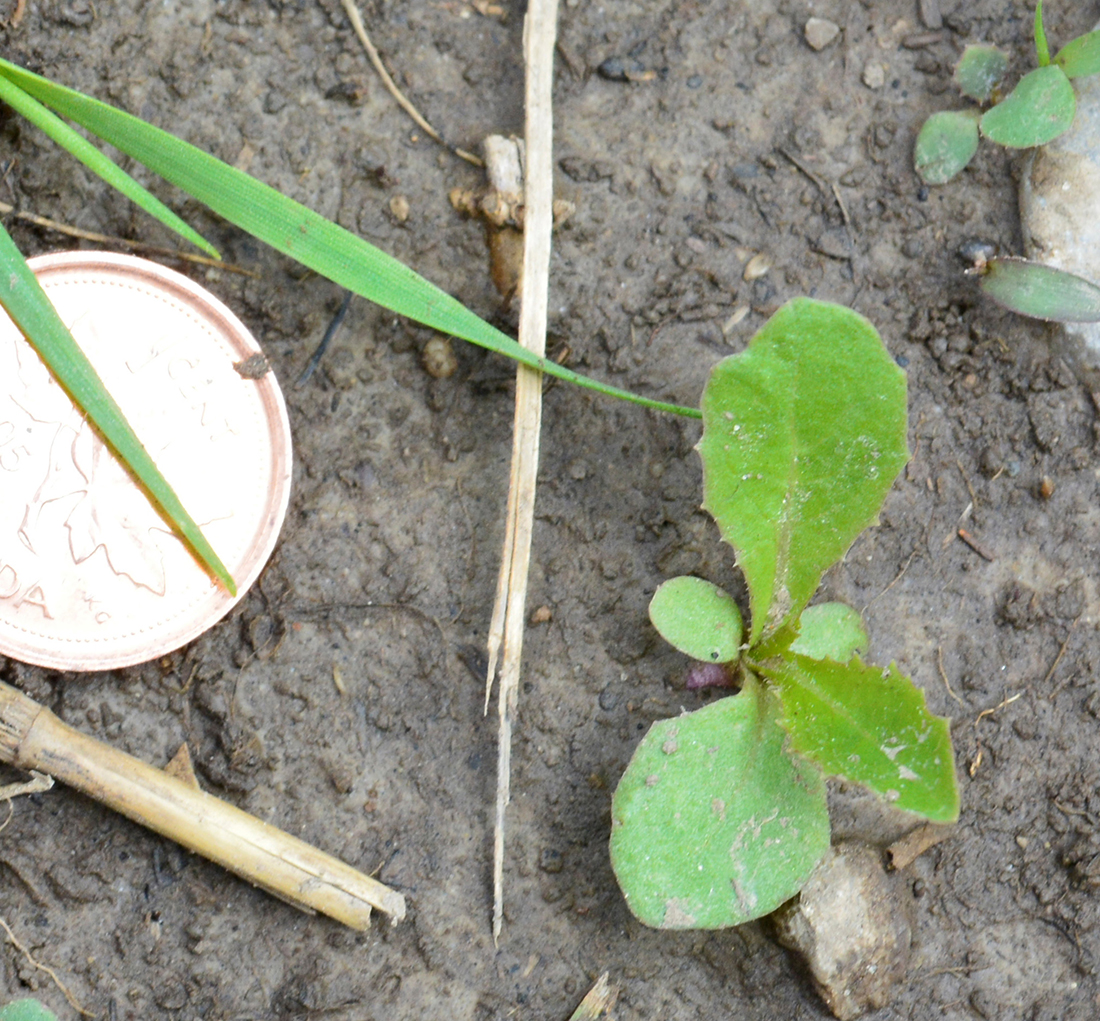
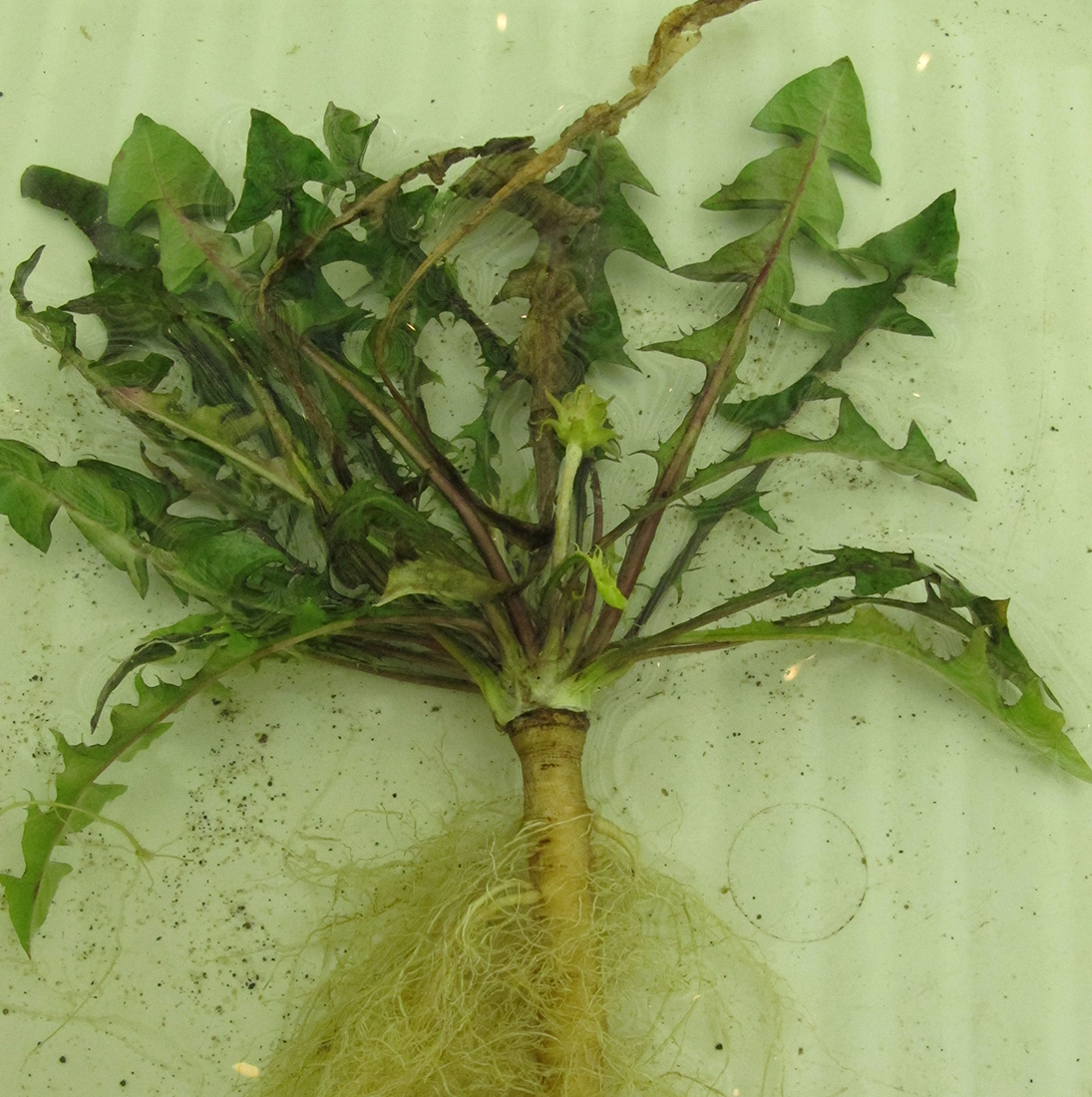
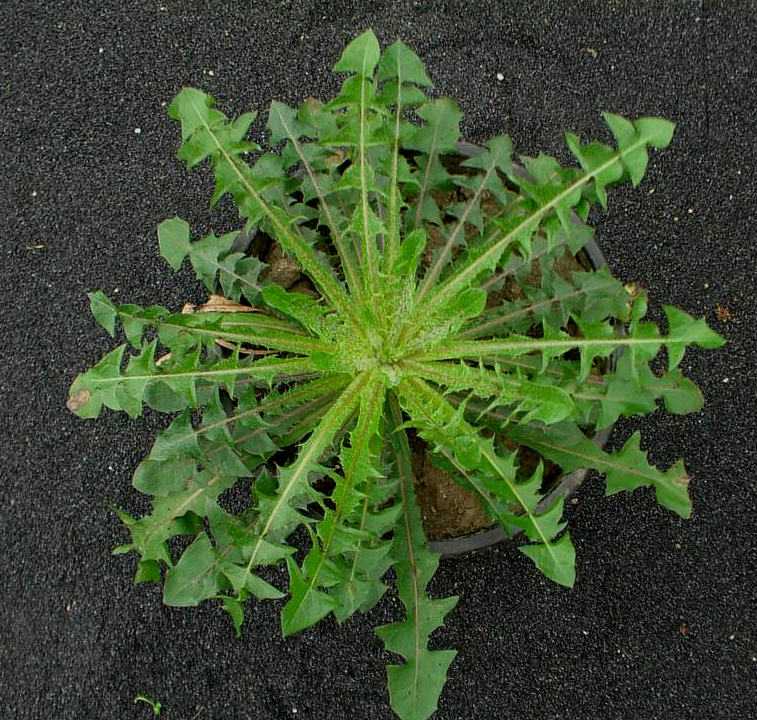
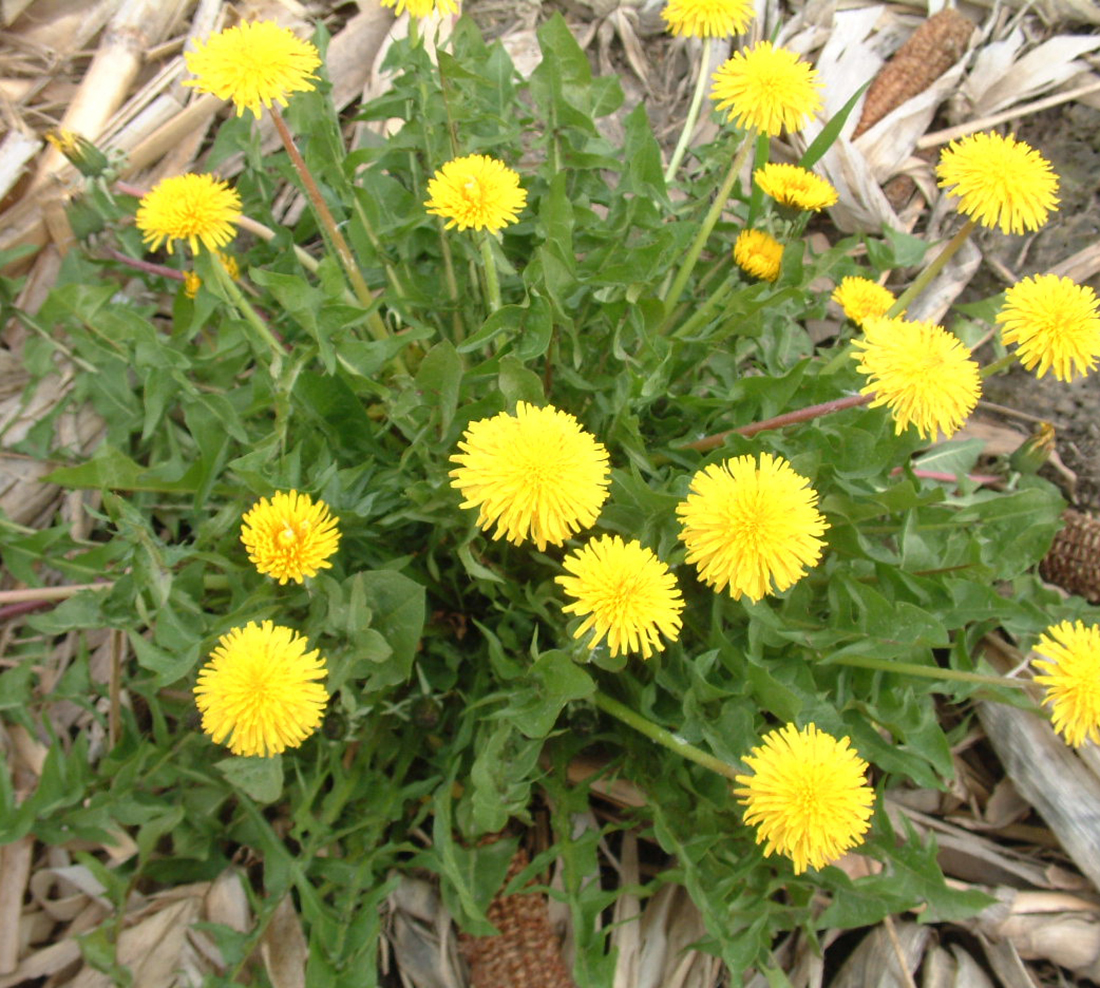
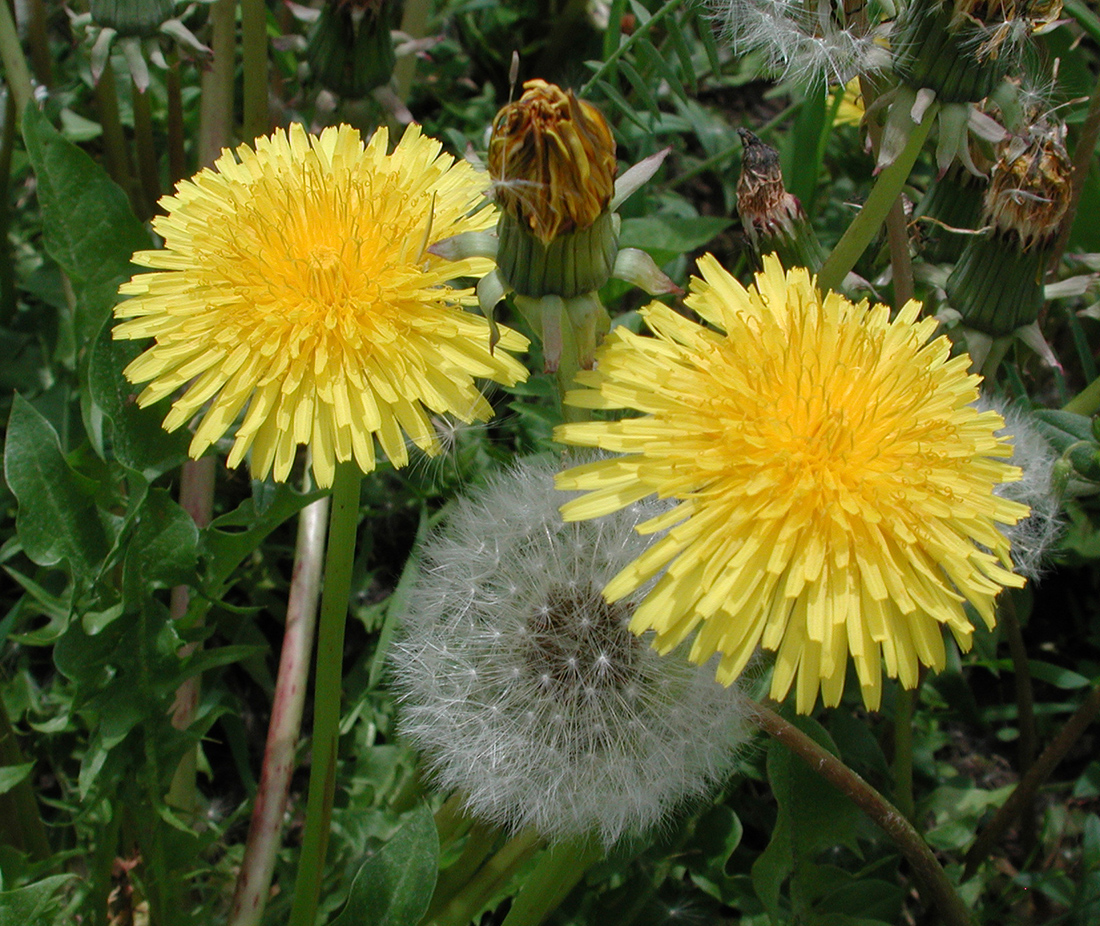
Updated: August 16, 2023
Published: January 13, 2023